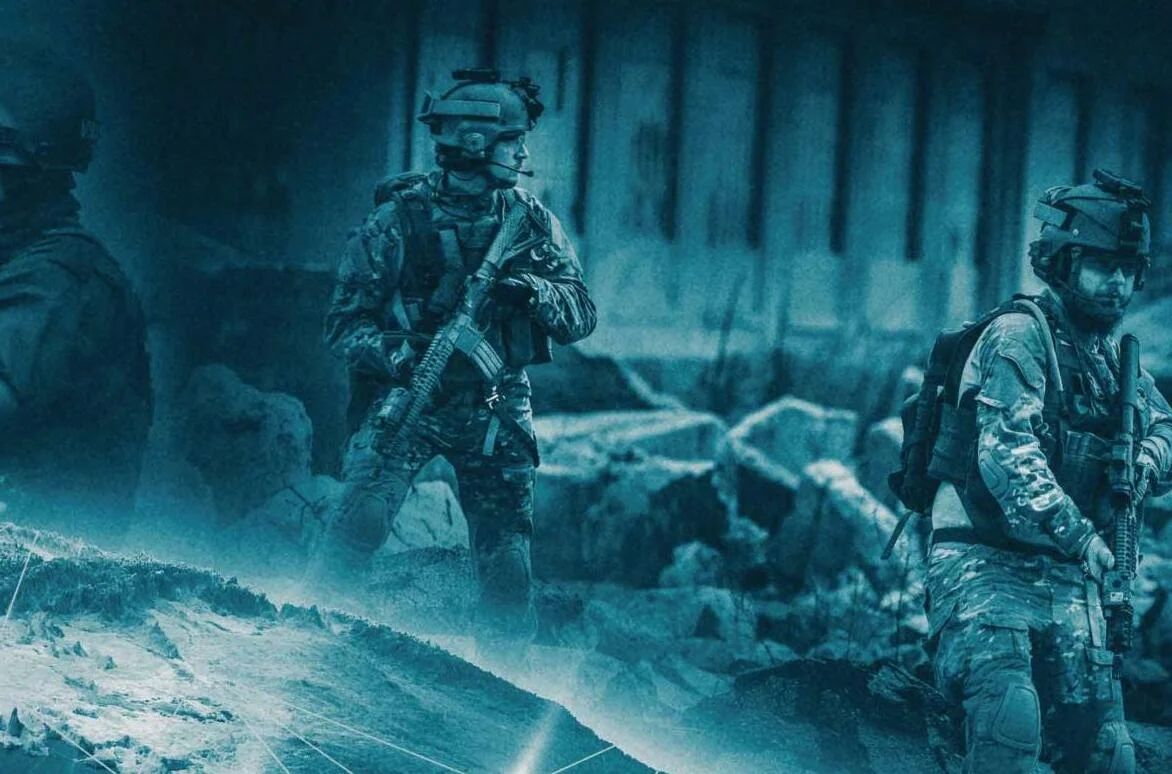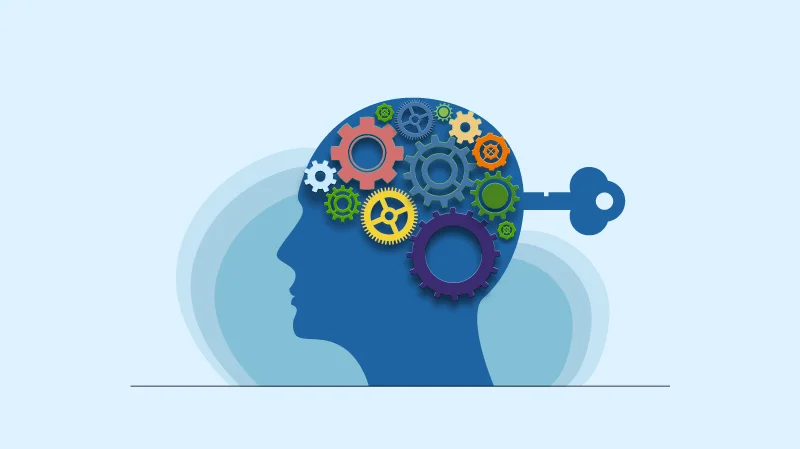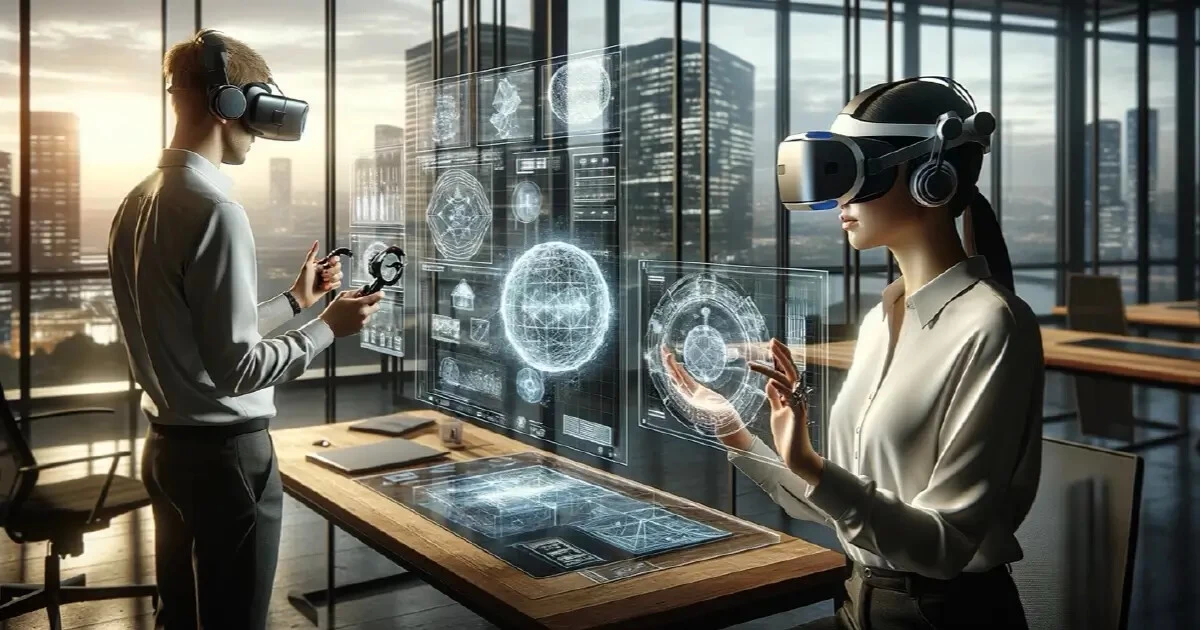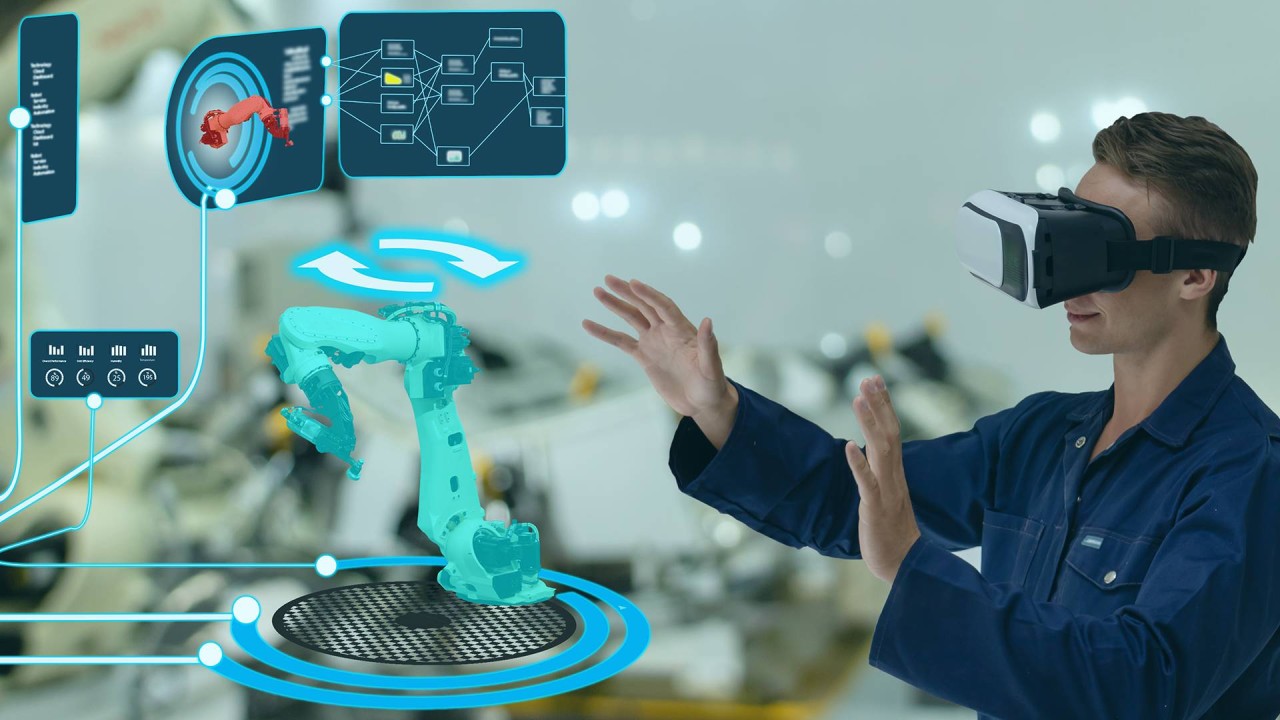In recent years, Virtual Reality (VR) has evolved from a niche technology into a powerful tool with applications far beyond entertainment. One of the most promising areas for its use is in training, particularly in education and military exercises. As organizations look for ways to enhance learning outcomes while reducing costs, VR is proving to be a game-changer.
What Makes VR So Effective for Training?
The key advantage of VR-based training lies in its ability to simulate real-world environments with high levels of immersion and interactivity. By wearing VR headsets, trainees are transported into virtual worlds where they can perform tasks, make decisions, and practice skills without the risks associated with physical environments.
This creates hands-on, experiential learning that goes far beyond traditional methods. Whether it’s a student in a classroom or a soldier preparing for combat, VR provides a safe yet highly realistic space to practice and perfect skills.
Transforming Education with VR
In the field of education, VR offers new ways of engaging students by placing them in virtual environments that make learning more interactive and dynamic. Here’s how:
-
Immersive Learning Experiences: Instead of reading about historical events or complex scientific concepts, students can experience them firsthand. For example, a VR-based history lesson could transport students to ancient Rome, allowing them to explore the streets, interact with historical figures, and witness events as they happened.
-
Safe Practice of Skills: In fields like medicine, VR allows students to practice surgical procedures in a risk-free environment. They can learn by doing, making mistakes, and correcting them without any consequences to real patients.
-
Distance Learning: With the rise of remote education, VR also serves as a way to make online learning more engaging. Virtual classrooms and collaborative spaces allow students to attend lectures, participate in group work, and interact with teachers and peers as though they were physically present.
VR’s Role in Military Training
Military exercises require intense preparation, and traditional methods often involve the use of expensive equipment, large areas for drills, and even travel to specialized locations. VR addresses many of these challenges, providing cost-effective, scalable, and highly realistic training solutions. Here’s how VR is transforming military training:
-
Realistic Simulations for Combat Training
VR-based simulations allow soldiers to engage in combat scenarios without the need for actual deployment. Trainees can experience battlefield conditions, practice strategic maneuvers, and refine their skills in a risk-free virtual environment. This eliminates the need for costly equipment and logistics, while also enabling repeatable training sessions until soldiers are proficient. -
Tactical Training Without Troops (TEWT)
Through VR, soldiers can participate in Tactical Exercises Without Troops (TEWT) and Map Reading (MR) training. They can plan and execute missions in a virtual world that replicates real terrain, enhancing their tactical decision-making and planning skills without the need for physical deployment. -
Two-Way Interactive Training
VR also enables two-way interactive combat training, where soldiers can practice real-time decision-making and team coordination in simulated combat scenarios. This immersive interaction allows for more effective training compared to traditional classroom-based lectures. -
Reducing Risk and Costs
In traditional military exercises, there is always a risk of injury or damage to expensive equipment. With VR, these risks are entirely eliminated. Soldiers can train in realistic, high-stress environments without putting themselves or valuable assets in harm’s way. Moreover, training costs are significantly reduced as there is no need for travel, equipment, or field logistics.
The Future of VR in Training
As VR technology continues to evolve, its applications in education and military training will only expand. AI integration, haptic feedback, and improved graphics will further enhance the realism and immersion of virtual environments, making training even more effective. Additionally, with the rise of 5G technology, VR systems will become more accessible, enabling smoother, more responsive training experiences.
Cost-efficiency and scalability are major reasons why VR is poised to revolutionize training. Whether it’s for educational institutions looking to improve remote learning or defense organizations seeking to enhance operational readiness, VR provides a solution that can be adapted to meet the needs of diverse sectors.
Conclusion
The future of training is immersive, interactive, and virtual. Virtual Reality is not just transforming how people learn, but it is also bridging the gap between theory and practical application. In both education and military exercises, VR offers trainees the ability to engage in hands-on learning experiences without the limitations of traditional methods.
As we move forward, the question is no longer whether VR will transform training—but how quickly organizations will adopt it to stay ahead in a rapidly changing world.






